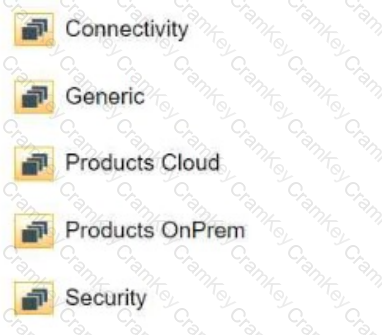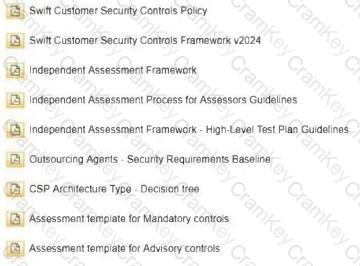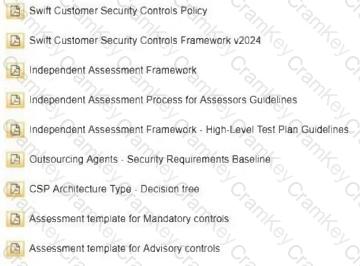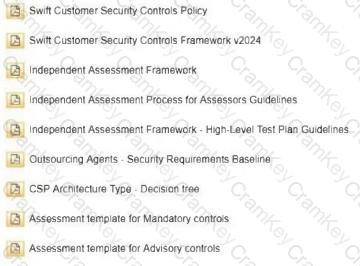SWIFT, which stands for Society for Worldwide Interbank Financial Telecommunication, is a global member-owned cooperative that provides a network for financial institutions to securely exchange information, primarily for financial transactions. Let’s break down the options and evaluate them against SWIFT’s official services as outlined in the SWIFT Customer Security Programme (CSP) and related documentation.
Option A: A platform for messagingThis is correct. SWIFT’s core function is to provide a secure, standardized messaging platform for financial institutions to exchange information. SWIFT operates a messaging network that enables banks, financial institutions, and other entities to send and receive standardized financial messages (such as payment instructions, securities transactions, and trade messages). This is facilitated through services like SWIFTNet, which is the messaging infrastructure that ensures secure and reliable communication. The SWIFT Customer Security Controls Framework (CSCF) emphasizes the security of this messaging platform, with controls designed to protect the integrity, confidentiality, and availability of the messaging environment. For example, the CSCF includes controls like "1.1 SWIFT Environment Protection," which ensures the messaging platform is isolated and secure.
Option B: Standards for communicatingThis is also correct. SWIFT is well-known for developing and maintaining global standards for financial messaging, most notably the SWIFT message types (MT) and the newer ISO 20022 standard, which is increasingly being adopted for cross-border payments and reporting. These standards define the format and structure of messages, ensuring consistency and interoperability across the global financial community. For instance, a payment instruction sent via SWIFT follows a standardized format (e.g., MT103 for a customer payment), which ensures that the sending and receiving institutions can process it efficiently. The SWIFT CSP documentation, including the CSCF, indirectly references these standards by focusing on the secure transmission of standardized messages, as seen in controls like "2.1 Internal Data Transmission Security," which ensures data integrity during communication.
Option C: Hosting for financial institutionsThis is incorrect. SWIFT does not provide hosting services for financial institutions. SWIFT’s role is focused on messaging and standards, not on hosting infrastructure like data centers or cloud services for financial institutions. While SWIFT does offer some cloud-based connectivity options (e.g., Alliance Cloud for smaller institutions to connect to the SWIFT network), this is not the same as providing hosting services for the institutions’ broader IT operations. Hosting infrastructure is typically managed by the institutions themselves or third-party providers, and the CSCF emphasizes that institutions are responsible for securing their own environments (e.g., Control "6.1 Security Awareness" highlights the need for institutions to manage their own security).
Option D: A high-level programming languageThis is incorrect. SWIFT does not provide a programming language. SWIFT’s focus is on messaging protocols and standards, not on developing or providing programming languages.Financial institutions may use various programming languages (like Java, Python, or C++) to integrate with SWIFT’s messaging system via APIs or interfaces like SWIFT Alliance Access, but SWIFT itself does not develop or distribute programming languages. The CSCF does not reference programming languages as a SWIFT offering; instead, it focuses on secure integration with SWIFT services, such as Control "2.3 System Hardening," which ensures that systems interacting with SWIFT are secure.
Summary of Correct Answers:SWIFT provides a platform for messaging (Option A) through its SWIFTNet network and standards for communicating (Option B) via its message formats like MT and ISO 20022. The other options—hosting services and a high-level programming language—are not part of SWIFT’s offerings.
References to SWIFT Customer Security Programme Documents:
SWIFT Customer Security Controls Framework (CSCF) v2024: The CSCF outlines the security controls that protect the SWIFT messaging environment, emphasizing SWIFT’s role in secure messaging (e.g., Control 1.1, 2.1).
SWIFT User Handbook: Details SWIFT’s messaging services and standards, including SWIFTNet and message types like MT and ISO 20022.
SWIFT CSP Implementation Guide: Highlights that institutions are responsible for their own infrastructure, ruling out hosting as a SWIFT service.



